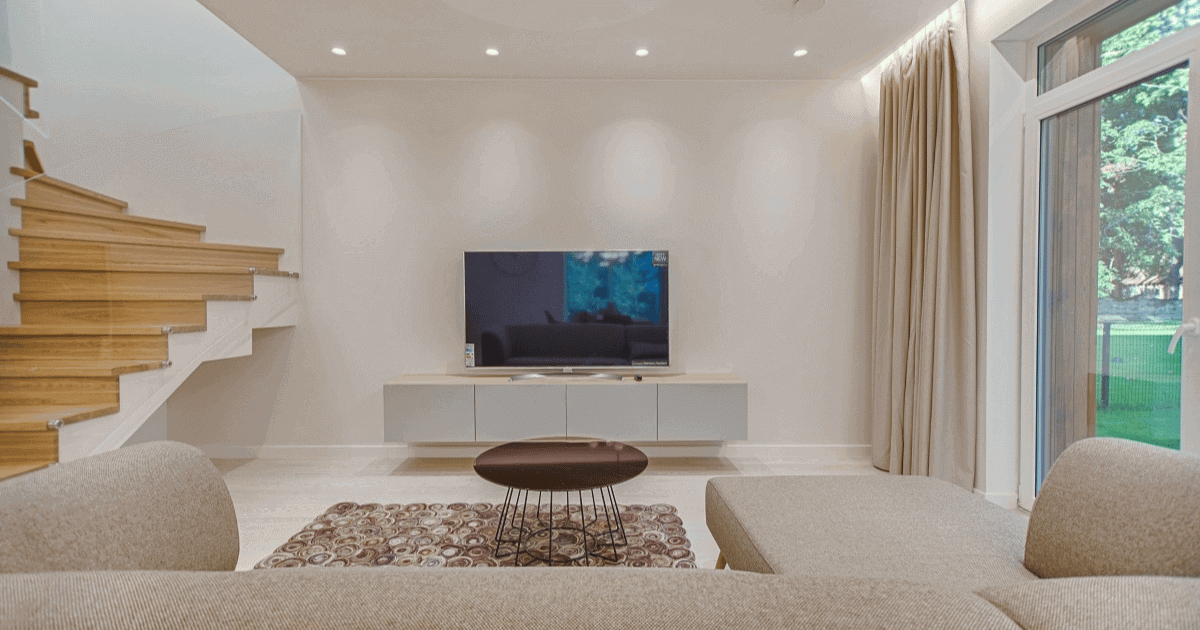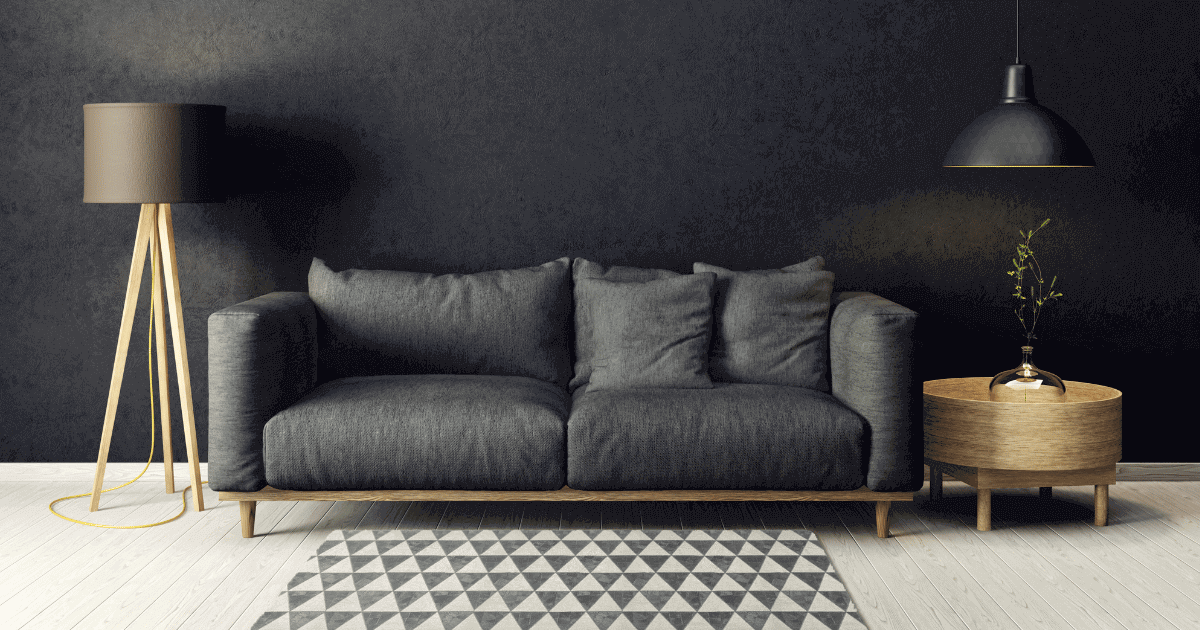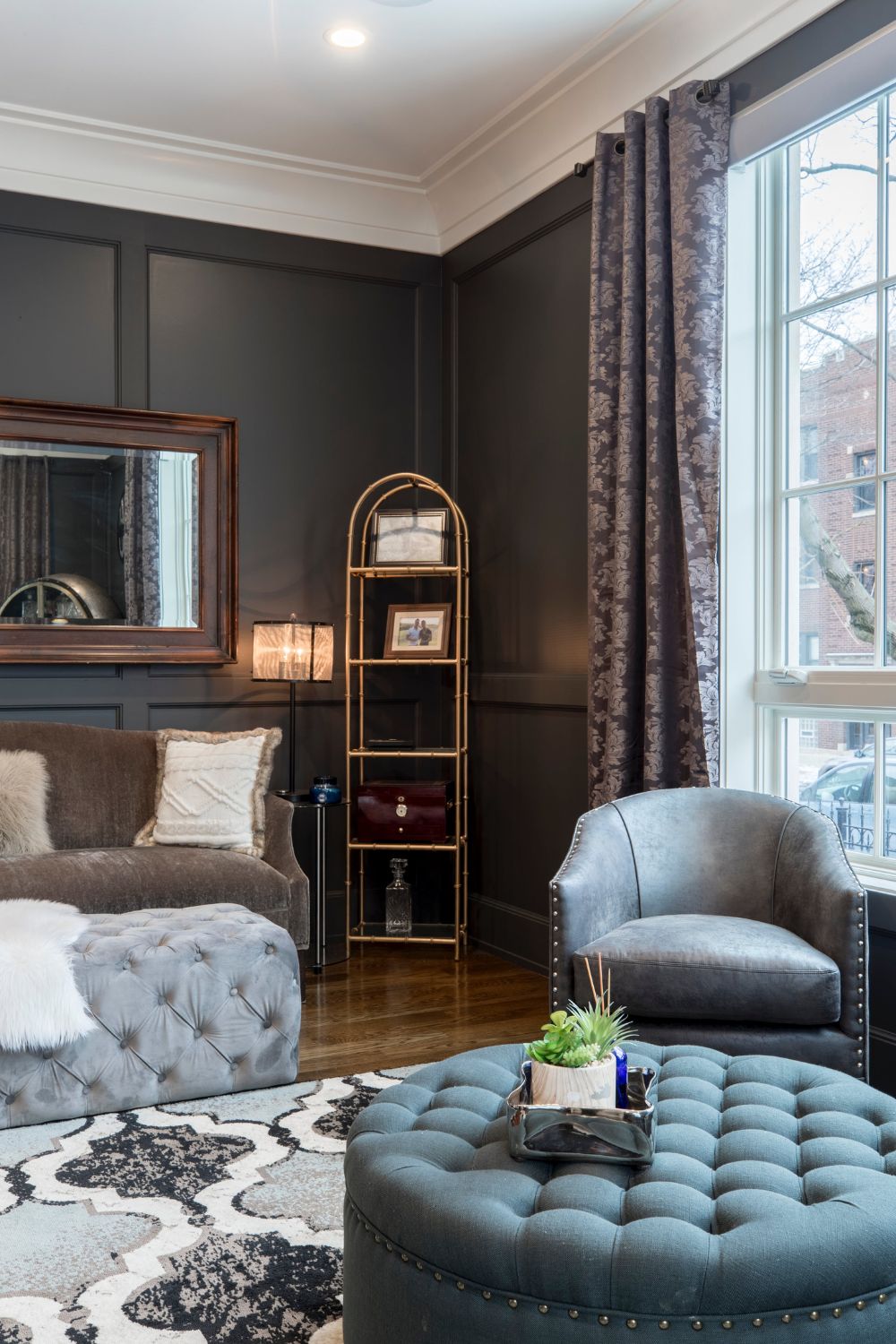Living room colors
The color of a living room holds immense importance, serving as a foundational element that significantly impacts the space’s atmosphere, functionality, and overall appeal. Here’s why it matters:

- Mood and Emotions: Colors have the power to evoke emotions and set the mood within a room. Warm tones like reds and yellows can create an energetic, lively atmosphere, while cool blues and greens induce a sense of calmness and relaxation.
- Visual Impact: The color palette dictates the visual impact of the living room. Bold, vibrant colors can make a statement and infuse the space with energy, while softer, neutral hues offer a more soothing and understated aesthetic.
- Space Perception: The choice of color can visually alter the perception of space. Lighter shades tend to make a room feel more spacious and airy, while darker colors add coziness and intimacy.
- Aesthetic Cohesion: The living room’s color scheme ties together various design elements, including furniture, decor, flooring, and accessories, creating a cohesive and harmonious visual composition.

- Reflecting Personal Style: It reflects the homeowner’s personality and style preferences. Whether it’s a vibrant and eclectic mix of colors or a minimalist, monochromatic scheme, the colors chosen speak volumes about individual taste.
- Functionality and Use: The right colors can enhance the functionality of the space. For instance, lighter tones might be preferred in a small living room to make it appear more open, while darker colors could be used to create a cozy, intimate setting.
- Natural Light Interaction: Colors interact with natural light, either absorbing or reflecting it. This interaction affects how bright or dim the room feels throughout the day.
- Cultural and Symbolic Significance: Certain colors hold cultural or symbolic significance, and incorporating them into the living room can add depth and meaning to the space.
- Seasonal Adaptability: Changing the color scheme seasonally can breathe new life into the room and reflect the changing seasons, keeping the space fresh and dynamic.
- Impact on Well-Being: Research suggests that colors can influence well-being. Calming colors can reduce stress levels, while uplifting hues can enhance mood and energy.
- Focal Points and Accents: Colors can be strategically used to create focal points or accentuate architectural features, artwork, or furniture pieces in the living room.
- Longevity and Adaptability: Choosing timeless colors can ensure the living room remains relevant and adaptable to evolving styles and preferences over time.

In essence, the color of the living room isn’t merely a matter of aesthetics; it’s a powerful tool that shapes the ambiance, functionality, and emotional resonance of the space, making it a crucial aspect of interior design and personal expression.

